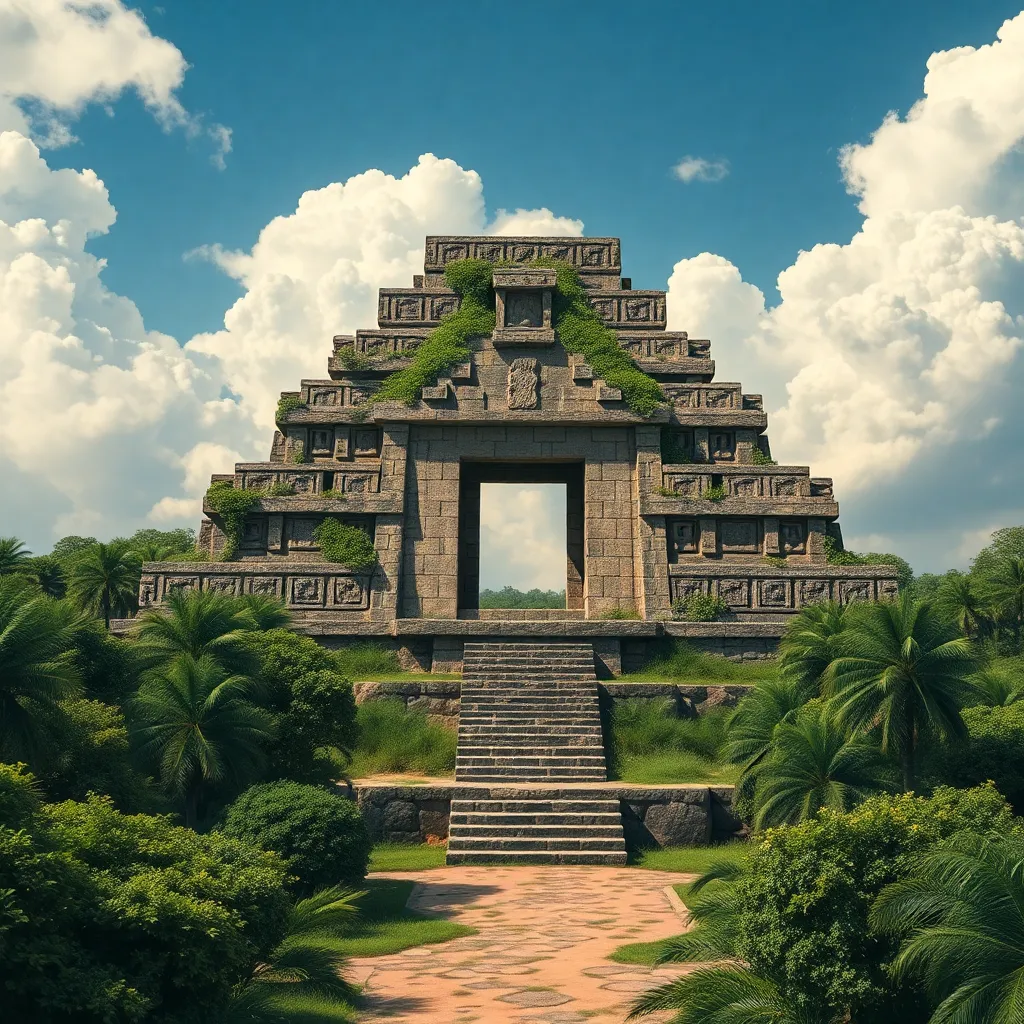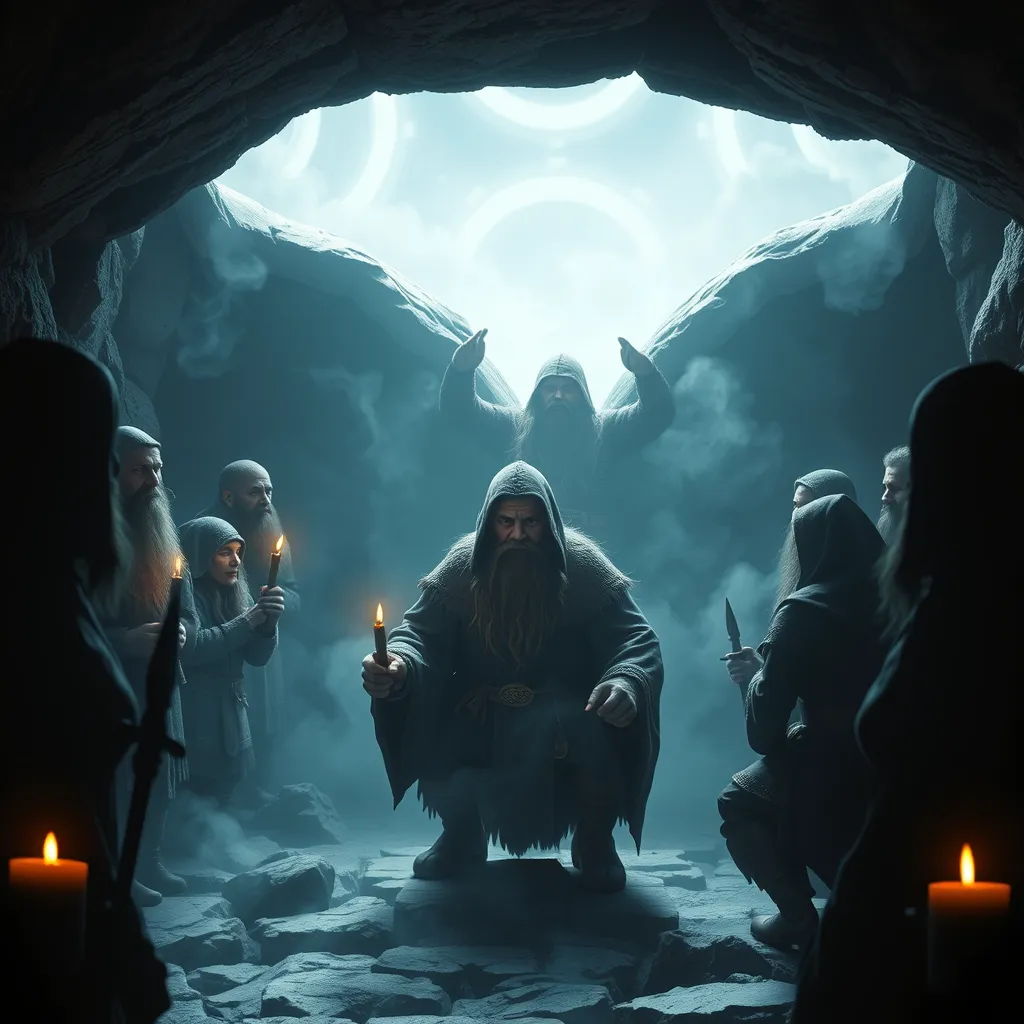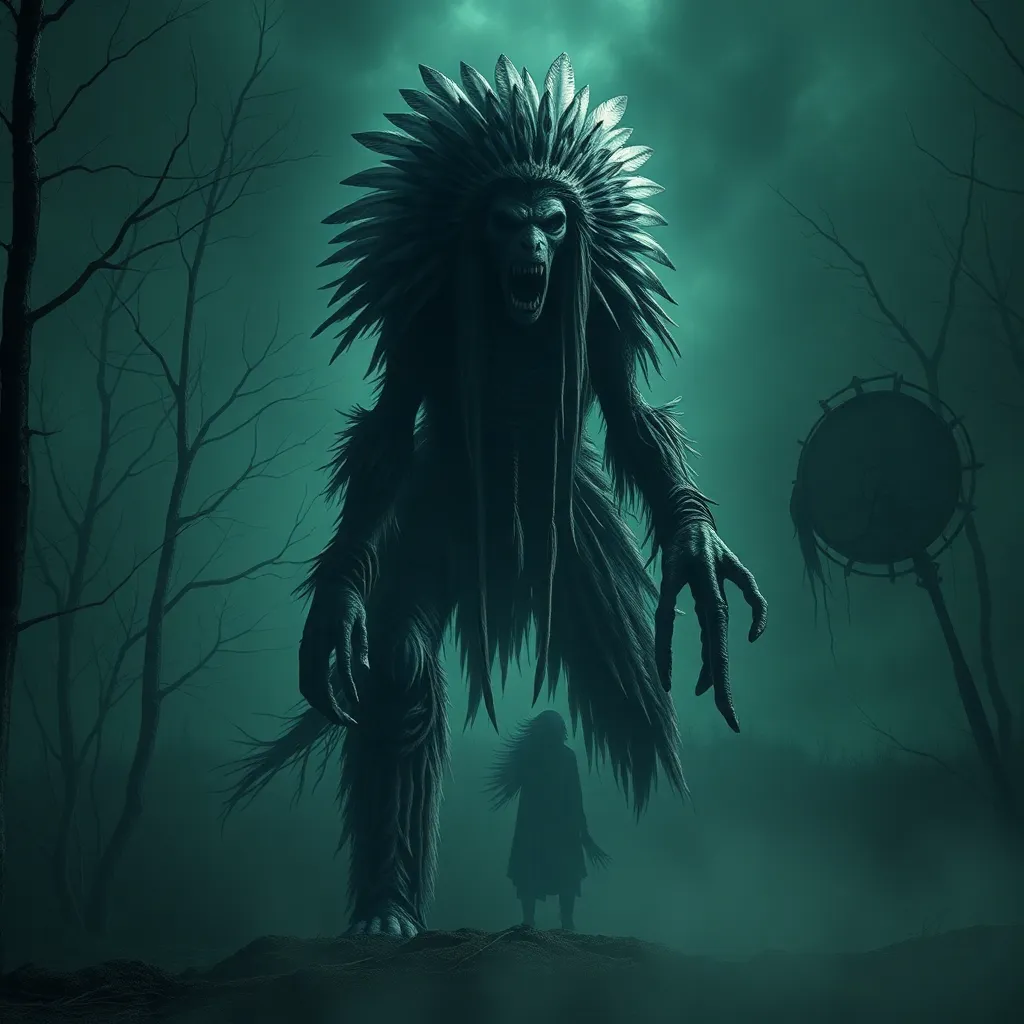The Ahuizotl: A Window into Aztec Cosmology and the Sacredness of Nature
I. Introduction
The Ahuizotl is a fascinating mythical creature from Aztec folklore, often depicted as a water-dwelling entity with a dog-like appearance, a long tail, and human-like hands. This creature plays a significant role in understanding the intricate relationship the Aztecs had with nature and their cosmological beliefs. The Ahuizotl serves as a symbol not only of the natural world but also of the deeper spiritual connections that the Aztecs held. In this article, we will explore the cultural significance of the Ahuizotl, its characteristics, and its implications in the broader context of Aztec mythology and environmental stewardship.
II. The Ahuizotl: Description and Characteristics
A. Physical attributes and depictions in Aztec art
The Ahuizotl is commonly described as a creature reminiscent of a dog or otter, with uniquely striking features. Its body is sleek and covered in dark fur, while its tail is long and often depicted with a hand at the end, which it uses to lure victims. Aztec art frequently illustrates the Ahuizotl in relation to water, showcasing its aquatic nature.
B. Behavioral traits and habitats
This creature is said to inhabit lakes and rivers, where it is known to be both alluring and dangerous. The Ahuizotl is believed to drag unsuspecting individuals into the depths of the water, serving as a reminder of the duality of nature—its beauty and its peril. The stories often depict the creature as both a protector of the waters and a fearsome predator.
C. Symbolism associated with the Ahuizotl
- Water and Life: The Ahuizotl symbolizes the life-giving and destructive forces of water.
- Duality: It embodies the balance of nature, representing both creation and destruction.
- Spiritual Connection: The creature is a link between the physical and spiritual realms, emphasizing the sacredness of natural elements.
III. The Ahuizotl in Aztec Mythology
A. Origins and stories surrounding the creature
Legends of the Ahuizotl vary across the region, but many share common themes of its connection to water and its role as a guardian of aquatic life. These tales often illustrate the creature’s cunning and its ability to deceive, drawing parallels between the Ahuizotl and other trickster figures in mythology.
B. Role in Aztec creation myths and legends
In some creation myths, the Ahuizotl is seen as a creature that emerged during the formation of the world, illustrating the importance of water in the Aztec cosmological narrative. It plays a role in stories that highlight the need for harmony between humans and nature, reminding people of the consequences of disrespecting the environment.
C. Comparison with other mythical creatures in Mesoamerican lore
The Ahuizotl shares similarities with other mythical beings in Mesoamerican cultures, such as the Nahual or the Xolotl. Like these creatures, the Ahuizotl symbolizes transformation and the connection between the earthly and spiritual realms. These comparisons highlight a common thread of reverence for nature and the belief in the interconnectedness of all beings.
IV. Cosmological Significance of the Ahuizotl
A. The Ahuizotl’s place within the Aztec cosmological framework
In Aztec cosmology, the Ahuizotl occupies a unique position as an embodiment of water’s dual nature. Its existence underscores the belief that water is both essential for life and a powerful force that must be respected. The Ahuizotl’s role emphasizes the need for balance between human activity and the natural world.
B. Connections between the creature and water deities
The Ahuizotl is often associated with various water deities in Aztec mythology, such as Tlaloc, the god of rain and fertility. This connection reinforces the idea that water is sacred, and the Ahuizotl serves as a guardian of this vital resource, ensuring that it is treated with the reverence it deserves.
C. Interpretations of the Ahuizotl as a representation of duality and balance
The creature’s characteristics embody the concept of duality in Aztec beliefs. It highlights the interplay between life and death, creation and destruction, reflecting the broader understanding of balance in nature. This duality is a central theme in Aztec cosmology, where harmony is essential for the survival of both the environment and humanity.
V. The Sacredness of Nature in Aztec Beliefs
A. Overview of Aztec spirituality and nature worship
Aztec spirituality is deeply intertwined with nature, where every element is seen as having a spirit or essence. The reverence for nature is evident in their rituals, agricultural practices, and societal structures, emphasizing a holistic understanding of the world.
B. The role of animals and mythical beings in ecological understanding
Animals and mythical creatures like the Ahuizotl serve as metaphors for ecological principles. They represent the intricate relationships within ecosystems, highlighting the importance of every being in maintaining balance and health within the environment.
C. The Ahuizotl as a symbol of nature’s power and mystery
The Ahuizotl embodies the awe-inspiring and sometimes fearsome aspects of nature. Its mysterious nature encourages respect and caution, reminding people that while nature provides sustenance and beauty, it also demands respect and understanding.
VI. The Ahuizotl in Contemporary Culture
A. Modern interpretations and representations of the Ahuizotl
In contemporary culture, the Ahuizotl has found its way into various forms of media, including literature, art, and film. Its enigmatic qualities make it a popular subject for exploration in modern storytelling, often representing themes of environmentalism and the supernatural.
B. Impact on literature, art, and popular media
The Ahuizotl has inspired artists and writers to delve into themes of nature, myth, and the human experience. Its portrayal often serves as a critique of human interaction with nature, urging a reconsideration of ecological practices.
C. The relevance of the Ahuizotl in discussions of environmentalism today
As discussions surrounding climate change and environmental degradation intensify, the Ahuizotl symbolizes the need for greater awareness and respect for nature. Its legacy can inspire modern ecological movements to prioritize the sacredness of the environment and the importance of preservation.
VII. Lessons from the Ahuizotl: Environmental Stewardship
A. Insights from Aztec cosmology on nature conservation
Aztec cosmology offers valuable insights into the importance of conservation and stewardship of the natural world. The reverence for nature demonstrated through the tales of the Ahuizotl serves as a reminder of the interconnectedness of all life and the necessity of protecting our ecosystems.
B. How the Ahuizotl can inspire modern ecological practices
By embracing the lessons of the Ahuizotl, modern society can foster a deeper appreciation for the environment. This mythical creature encourages sustainable practices, urging individuals to recognize the impact of their actions on the natural world.
C. The importance of respecting cultural narratives in environmental discourse
Incorporating indigenous narratives like that of the Ahuizotl into contemporary environmental discussions enriches our understanding of nature. It highlights the wisdom embedded in these stories and emphasizes the importance of respecting diverse cultural perspectives in addressing global ecological challenges.
VIII. Conclusion
In conclusion, the Ahuizotl holds significant cultural and cosmological importance within Aztec mythology. Its representation of the sacredness of nature and the balance of life serves as a powerful reminder of our responsibility towards the environment. By appreciating and learning from indigenous narratives, we can foster a deeper connection with nature and promote environmental stewardship. The lessons learned from the Ahuizotl encourage us to reflect on our relationship with the natural world and inspire meaningful actions for a sustainable future.



